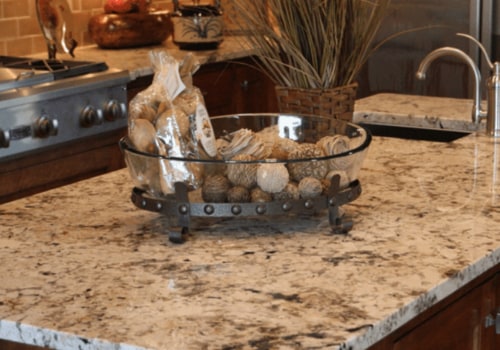When designing or renovating a kitchen or bathroom, homeowners often focus on choosing the perfect countertop material or selecting the right lighting fixtures, but the true magic happens in the way these two elements interact. Countertops are not just functional surfaces; they also act as reflective or absorptive planes that influence how light fills a space. Similarly, both natural sunlight and artificial lighting can dramatically change the way a countertop looks and feels, affecting color perception, texture visibility, and even the overall mood of the room. Understanding this interaction ensures that design choices work harmoniously, creating a space that is both beautiful and practical.
The Role of Natural Light
Natural light brings out the most authentic qualities of a countertop surface. Morning sunlight streaming through windows can highlight subtle veining in marble, while afternoon rays may warm up the tones of granite or quartz. Lighter countertops, such as white quartz or beige granite, reflect daylight, making smaller kitchens appear larger and brighter. Conversely, darker materials like soapstone or black granite absorb light, creating a dramatic and cozy ambiance. The orientation of windows and the amount of direct sunlight a room receives should always be considered when selecting countertops, as natural light can enhance or diminish the visual impact of a chosen material.
Artificial Light and Its Influence
When the sun sets, artificial lighting takes center stage, and the type of fixture used significantly impacts how countertops are perceived. Warm-toned bulbs enhance earthy surfaces, emphasizing reds, browns, and golds in materials like travertine or granite. Cool-toned LED lighting, on the other hand, highlights sleek, modern surfaces like polished quartz or stainless-steel countertops, giving them a clean, contemporary feel. The placement of light fixtures also matters—pendant lights over an island may cast dramatic shadows, while under-cabinet lighting can illuminate work areas and bring out textures that would otherwise remain hidden.
Reflection, Texture, and Finish
The finish of a countertop—whether polished, honed, or leathered—plays a major role in how light interacts with it. Polished surfaces reflect both natural and artificial light, adding brightness and sparkle to the room. Honed finishes, with their matte appearance, diffuse light more softly, reducing glare but also muting color vibrancy. Textured finishes like leathered granite create unique shadow patterns under direct lighting, adding depth and character. Choosing the right finish depends on both the desired look and the way the room’s lighting is designed.
Creating Visual Harmony
To achieve visual harmony, countertops and lighting must complement one another rather than compete. A kitchen with abundant natural light may pair well with darker countertops, creating balance, while a dimly lit space may benefit from light-colored surfaces and reflective finishes to amplify brightness. Layered lighting—combining ambient, task, and accent sources—ensures that countertops are not only functional but also highlighted as design features. This intentional coordination creates a cohesive atmosphere that feels welcoming, stylish, and efficient for daily use.
The Value of Professional Input
Because the interaction between countertops and lighting can be complex, consulting professionals can make all the difference. Designers and contractors understand how surface materials react under different lighting conditions, and their expertise helps homeowners avoid costly mistakes. For guidance on enhancing your space with the right combinations, simply click here to connect with experts who can align surfaces and lighting to achieve a truly transformative result.
Conclusion
Countertops and lighting are more than separate design choices—they are partners that shape how a room looks, feels, and functions. Natural and artificial light influence surface tones, textures, and finishes in ways that can enhance or diminish overall design impact. By thoughtfully considering how these elements interact, homeowners can create kitchens and bathrooms that not only serve their practical needs but also radiate warmth, style, and harmony.






